How to Design a Plate Heat Exchanger
Plate heat exchangers (PHEs) are compact units con...
More
A parallel counter flow heat exchanger is a highly efficient thermal transfer device designed to maximize heat exchange between two fluids moving in opposite directions. This configuration ensures optimal temperature differentials across the entire length of the exchanger, resulting in superior performance compared to co-flow or cross-flow designs. Commonly used in industries such as HVAC, chemical processing, power generation, and refrigeration, these exchangers are favored for their ability to achieve near-ideal heat recovery rates. The design minimizes thermal stress and energy loss, making it a cost-effective solution for applications requiring precise temperature control. With materials ranging from stainless steel to advanced polymers, parallel counter flow heat exchangers are adaptable to corrosive, high-pressure, or extreme-temperature environments. Their compact and modular designs also allow for easy integration into existing systems, reducing installation costs and downtime.
In a parallel counter flow heat exchanger, two fluids flow in opposite directions through adjacent channels, creating a continuous temperature gradient that maximizes heat transfer efficiency. As the hot fluid enters one end, it releases thermal energy to the colder fluid moving in the opposite direction, gradually cooling down. Simultaneously, the cold fluid absorbs heat, increasing in temperature until it exits near the hot fluid's inlet. This counter-current flow ensures a consistent logarithmic mean temperature difference (LMTD), which is significantly higher than in co-flow systems, leading to efficiencies exceeding 90% in some industrial applications. Computational fluid dynamics (CFD) simulations and real-world testing confirm that this design reduces entropy generation, minimizing energy waste. For example, in district heating systems, counter flow exchangers achieve up to 15% higher efficiency than alternatives, translating to substantial cost savings. Advanced models incorporate turbulators or finned surfaces to further enhance turbulence and heat transfer coefficients, catering to high-demand scenarios like aerospace or oil refining.
Select the most popular foreign trade service products to meet your diverse needs
Learn more about the dynamics and professional knowledge of the foreign trade industry

Plate heat exchangers (PHEs) are compact units con...
More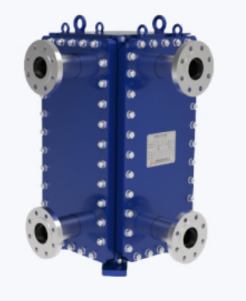
Understanding welded heat exchanger's unique const...
More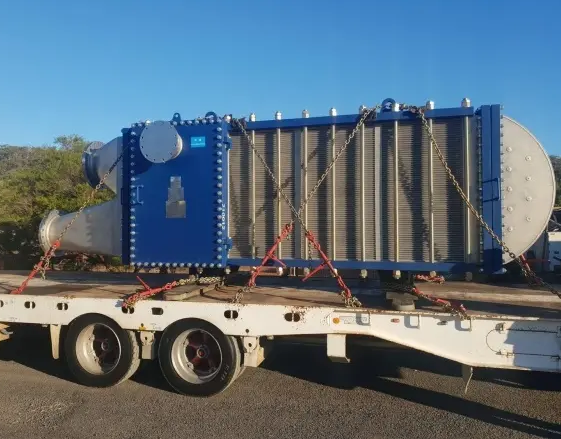
Recently, SHPHE received repeat order from custome...
More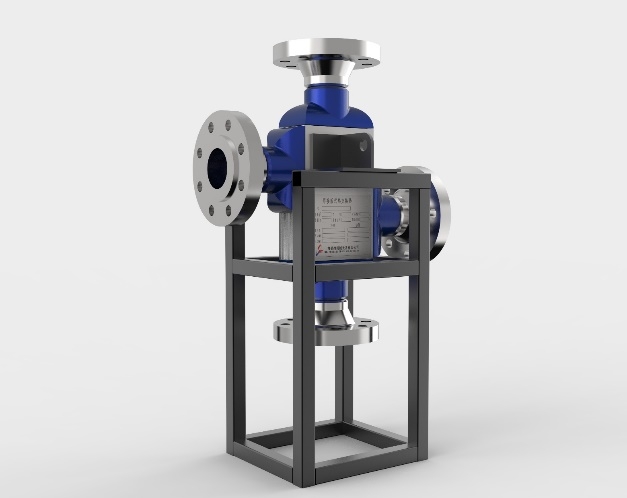
PCHEs routinely operate at temperatures up to 850 ...
More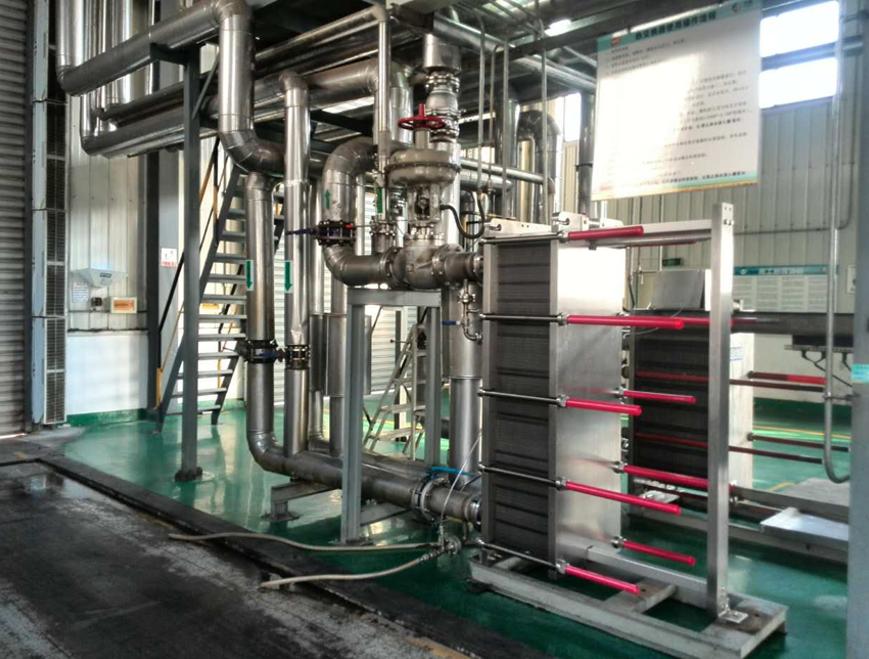
A plate heat exchanger (PHE) is a device engineere...
More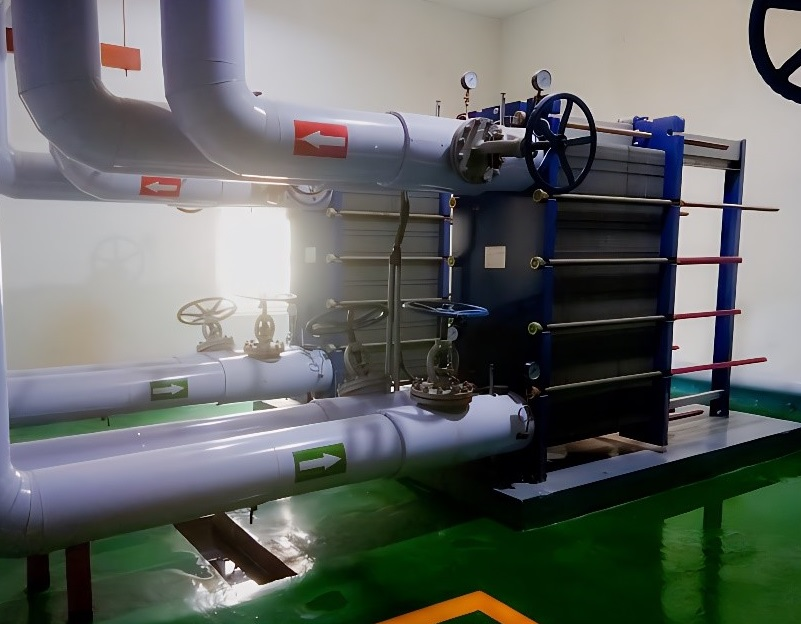
This guide offers a comprehensive examination of t...
MoreExplore more content related to foreign trade services
